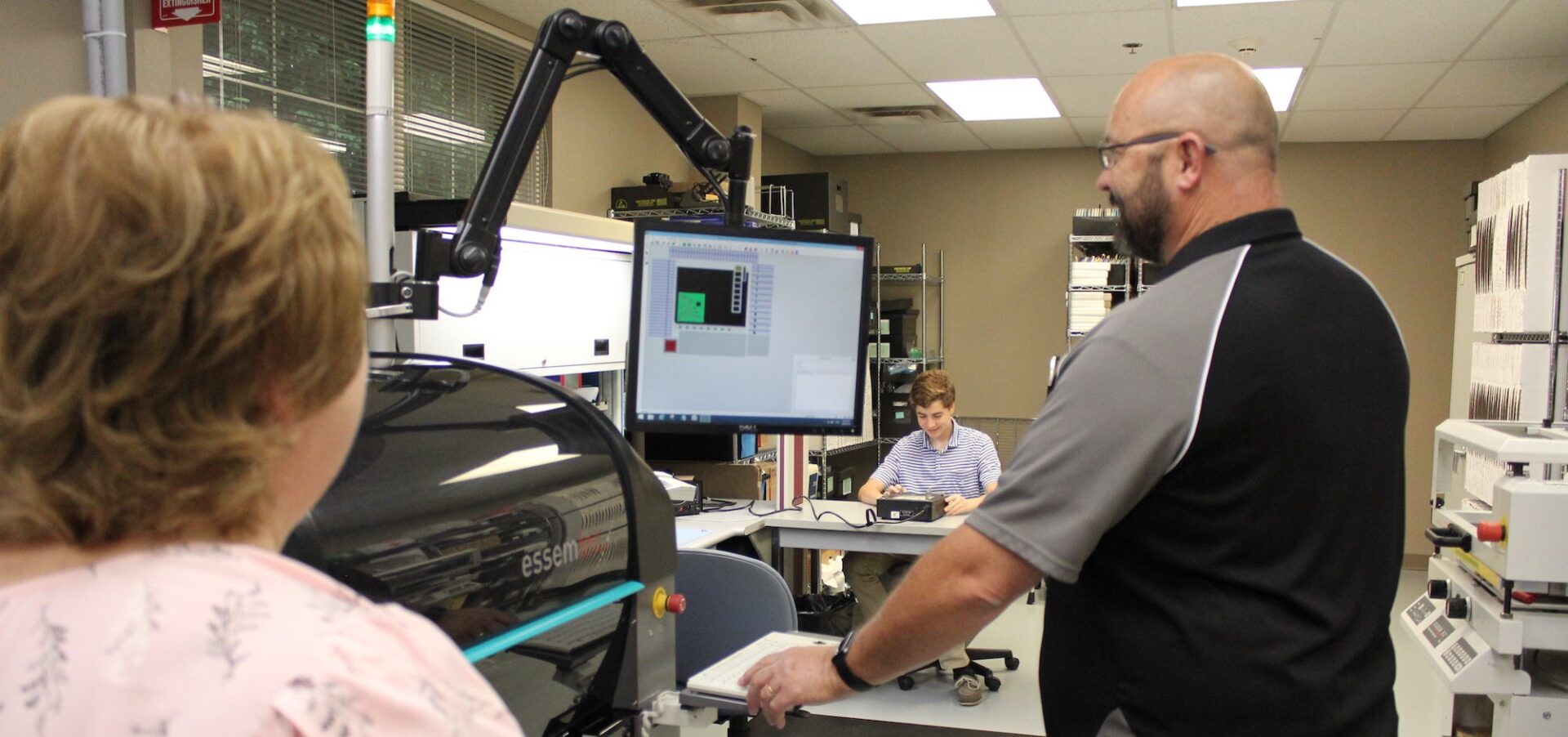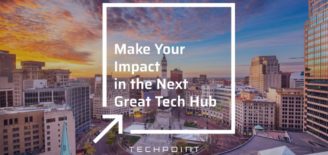Indesign takes pride in designing the ‘things’ in Internet of Things
Tucked away in a quiet neighborhood at the edge of Fort Harrison State Park on the Northeast side of Indianapolis, is one of the most influential product engineering and design firms in the country—Indesign LLC. With customers ranging from Sony and DirectTV to Proctor & Gamble and Microsoft, as well as locally headquartered brands like Eli Lilly and Company, Cummins and Roche, you might actually own or use a product that Indesign helped bring to market.
Indesign is unique (or at least extremely rare) in the Indianapolis tech ecosystem because the company operates in the hardware and firmware space, which has not been a major focus of the local tech community or the companies that break through. “Take IoT, for example, all of the excitement is about the data and developing software to analyze it,” explained Jerry Gotway, president and CEO of Indesign. “We are the ‘T’ in Internet of Things. We’re the hardware, the sensors, electronics and the embedded software that interfaces with the data side of the IoT equation.”
Indesign employs 80 people between its main facility in Fort Harrison and its new satellite office at the Indiana IoT Lab in Fishers, Ind., mostly hardware engineers, embedded software developers, project managers and a handful of professional office staff. While the work they do could be anything-—video game controllers, radio frequency controlled remotes, blood glucose meters, or industrial diagnostic testers, for example—Indesign is known for its engineering and design work in consumer electronics, medical devices, military and industrial applications, communications, transportation and IoT markets.
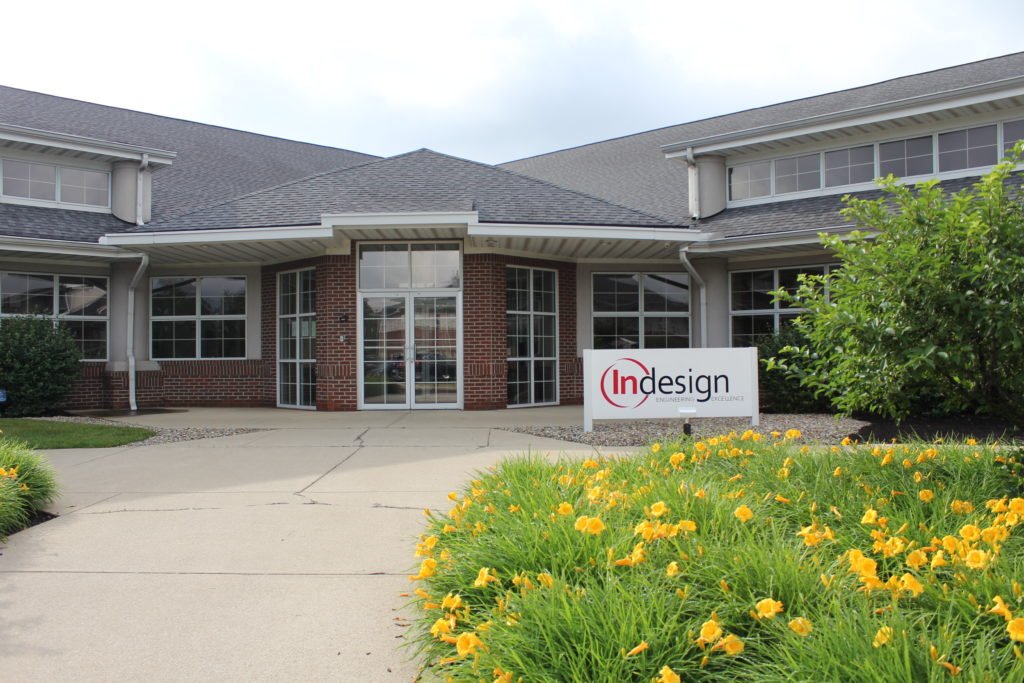
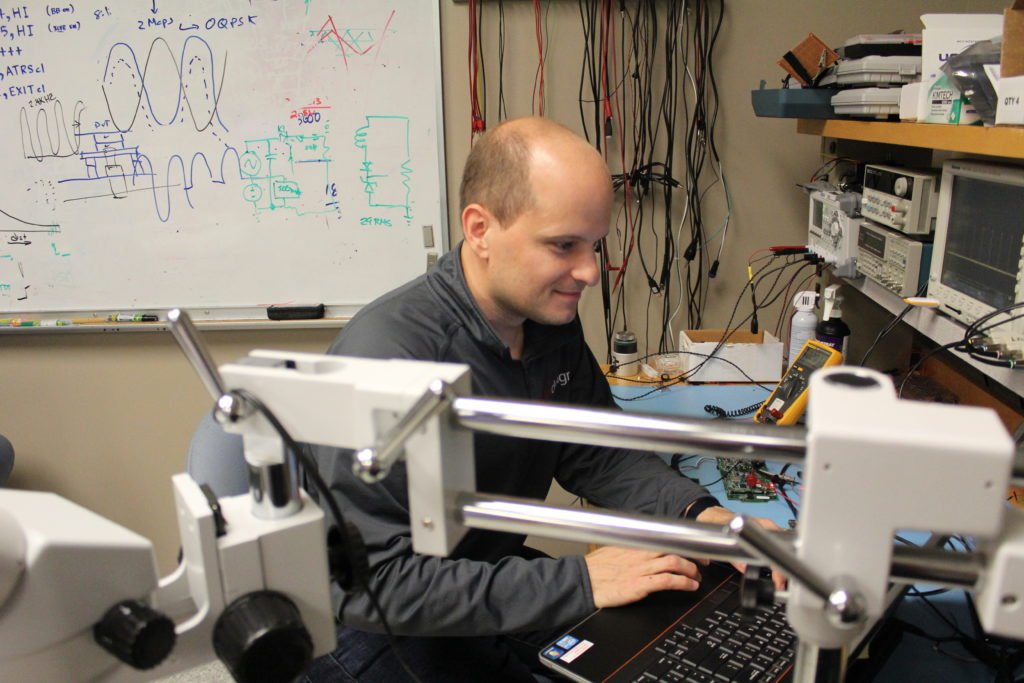
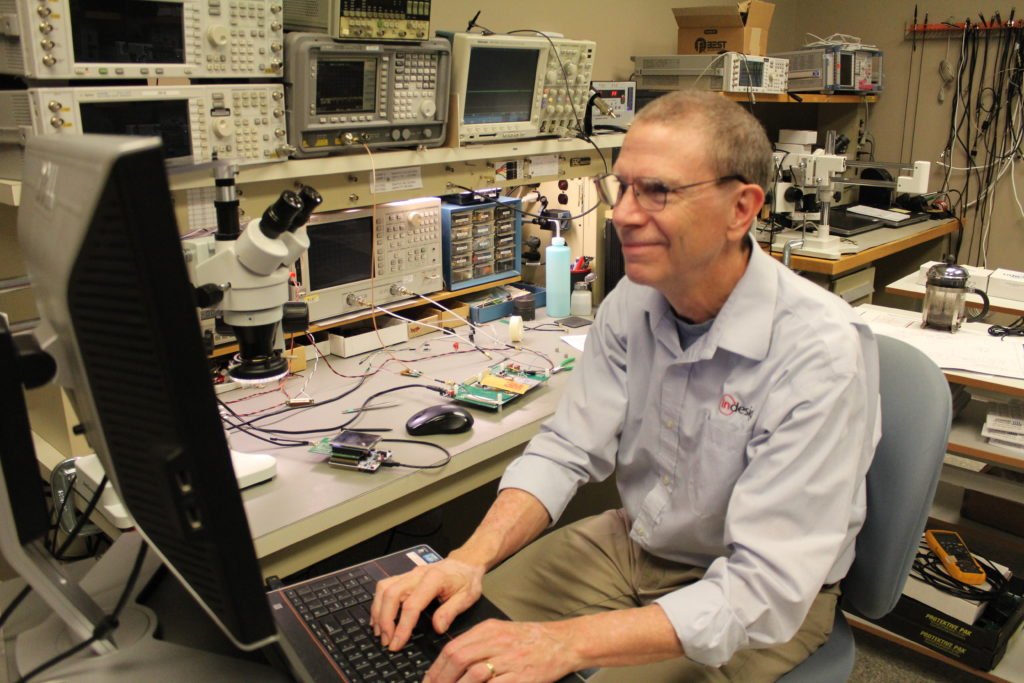
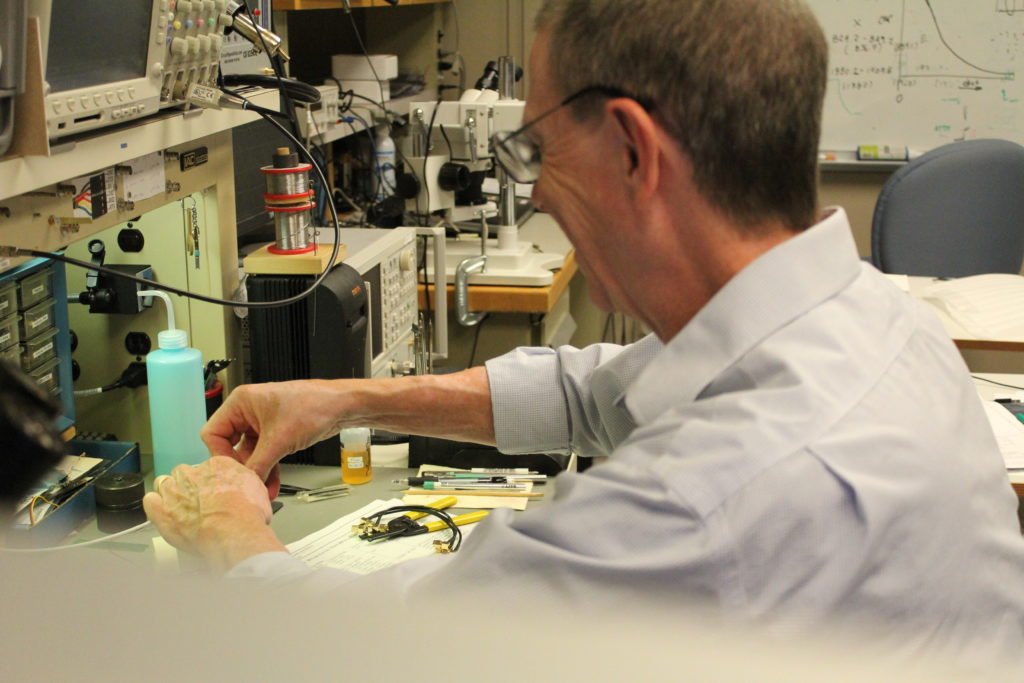
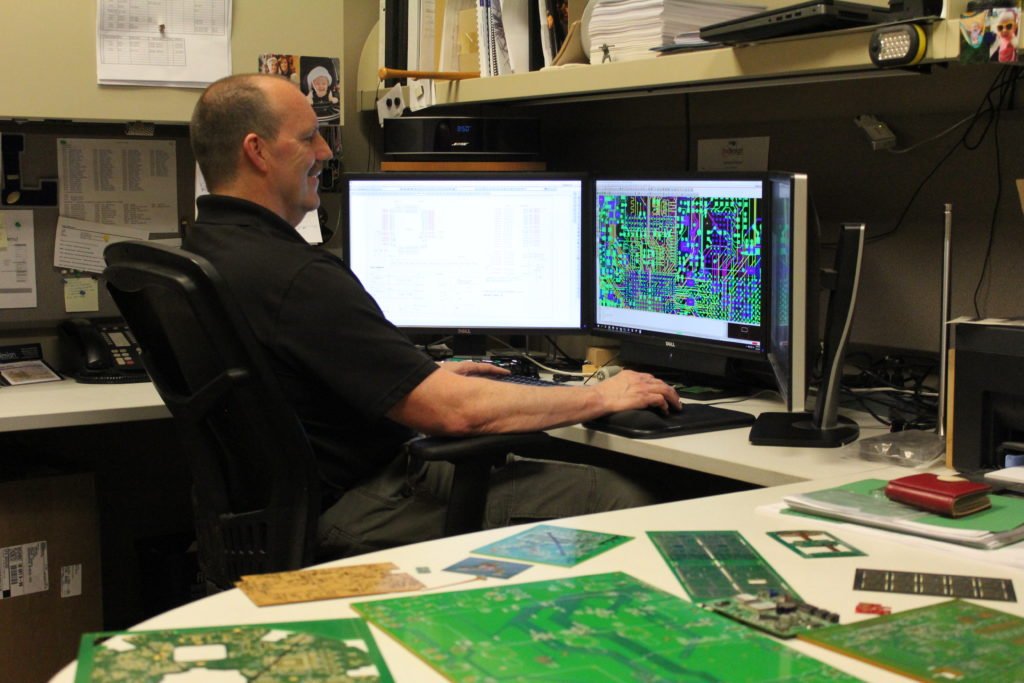
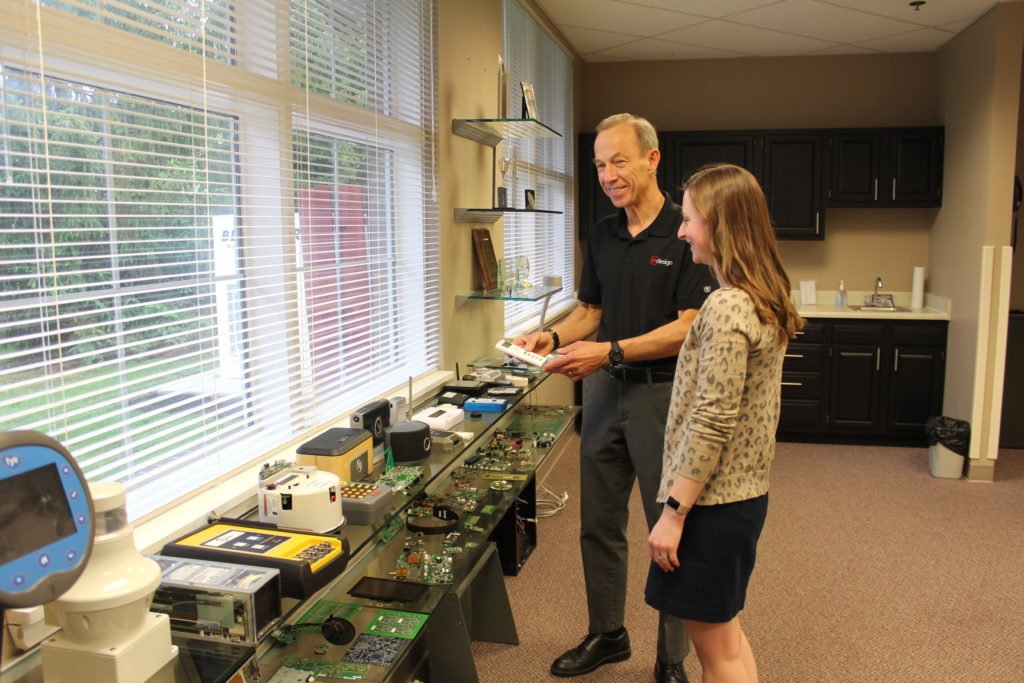
Indesign was originally formed in 1997 by a core group of Bell Labs engineers who preferred to stay in Indiana when Lucent Technologies (formerly AT&T) decided to consolidate its R&D operations at its New Jersey product realization center. Several people in the core group had worked at the storied AT&T Bell Labs company since the 1970s, where they developed networked phone systems, answering systems, and other telephony innovations that became ubiquitous with modern business through the turn of the century. Without missing a beat, the company exhibited at the Consumer Electronics Show that same year (1997) and has been a fixture on the CES show floor now for 22 years.
There are parallels between Indesign and the software development and consulting firms in the area with which many readers will be familiar. In fact, Indesign could be a potential partner with other firms that need engineering and design services (especially for hardware); they all do the work that is outside the scope of their clients’ core businesses.
“Like with one of our healthcare clients, they need a device that’s easy to use and works every time because it’s their face to the world as far as the customers are concerned,” said Ron Kern, director of technical marketing at Indesign. “It’s the chemicals, the molecules and compounds, however, that are at the heart of their business and we’re very proud to be their partner and assist with the things like devices, electronics and software that aren’t really part of their core competencies.”
You won’t find products on the shelf at Best Buy with an Indesign logo on it because “that’s not how we work,” said Jerry. “We design products for our clients as an extension of our client’s development team, and it’s our client’s brands that are seen on the products. We’re the behind the scenes developers who help our clients bring their visions to life—sometimes in ways they never expected and better than they expected.”
A quick tour of the company headquarters took me back to my early consumer electronics days nearly 20 years ago. Back then people called operations like I saw at Indesign “skunk works.” It’s a very creative space with soundproof rooms, RF screen rooms (no cell service or signals), and bays with monitors and doodads that look like they could have come from the set of the movie War Games. Of course, the people were there doing their work, too. It definitely has that vibe that something interesting and important is going on.
Most of Indesign’s clients are repeat customers, but they are always engaging with new clients, too. Some of the new clients could be Fortune 500 companies or new start-up companies. The rise of IoT and its prominence in the local tech community, though, has generated a lot of excitement at Indesign for the potential to partner up with other Indiana technology companies to keep inventing new, incredible things together just like they have since the beginning.
“If I had to say the one thing that sets us apart from other tech companies around Indiana, it would be that while many engineering development companies are focused on developing software that is resident in the cloud or on a PC or a mobile device, Indesign is focused on developing the custom hardware and embedded software that is in the devices surrounding us,” Jerry said. “We engineer and design the devices, the ‘Things’ of IoT.”

